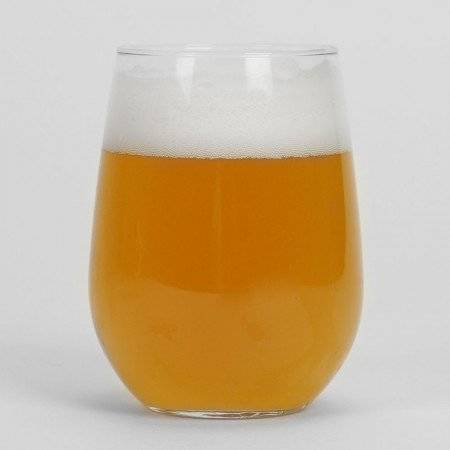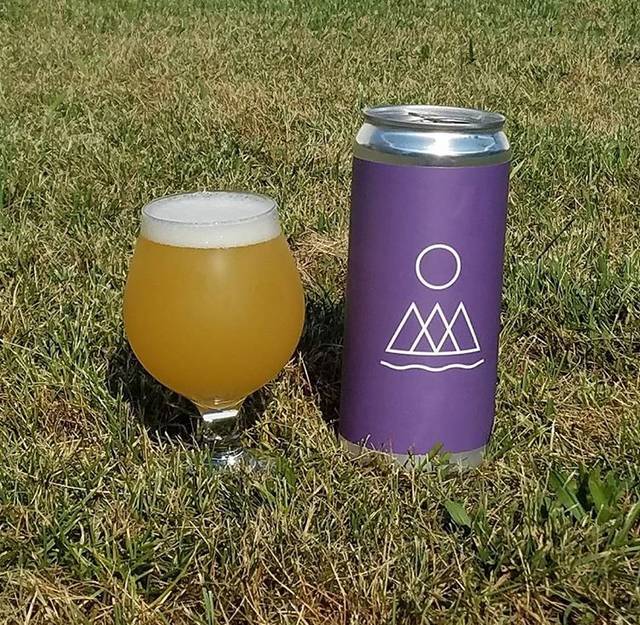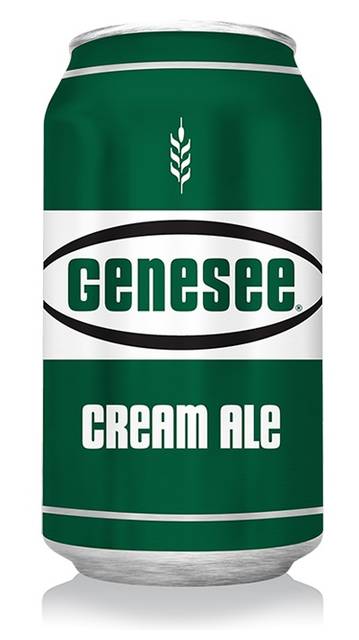Brief History– The IPA style is credited to George Hodgson whose Bow Brewery created the hoppy style beer for both domestic consumption and for troops stationed in colonized India. The style grew in popularity and many brewers in England’s Burton-upon-Trent region began creating a similar style of beer and soon usurped Bow Brewery in popularity. The style soon fell out of favor, it seemed to disappear from the market until Jack McAuliffe opened his New Albion brewery in 1976 and brought the hoppy pale ale style to the United States. While the brewery did not stay in business long, it inspired many to mimick the style and soon we had Liberty Ale from Anchor Brewing followed by Sierra Nevada’s wonderful Pale Ale. Now, IPA’s are very popular and everywhere. Nearly all breweries have their own take on this classic style and the hop varieties available now make this style endless with wonderful combinations.
Variations– American IPA, English IPA, Double/Imperial IPA, Black IPA, White IPA, Session IPA and Triple IPA
Nose– The primary aroma one will pick up within an IPA is hops, however the range of scents from hops is vast. New hops are being created/discovered all the time and just as new hops come to the market, less favorable hops seemingly disappear. Hop aroma can range from piney to citrus to spicy to dank to cat pee (yes, cat pee). The strength of the aroma from the IPA is greatly affected by the region of the U.S. where the IPA is from and the hop selection in the beer. Typical West Coast IPAs are aggressively hopped and quite bitter. They have a strong hop aroma and the hops tend to lean more toward the piney and dank side of the aroma with a growing popularity toward the use of more citrus-like hops. While East Coast brewers tend to not hop as aggressively, there are exceptions, and the hop choices lean toward spicy and citrus aromas. Many East Coast brewers look unfavorably upon the cat urine smell of some hops.
Body– The body for a standard IPA should range from medium-light to medium-full with moderate to medium-high carbonation that, when combined, give the beer a very smooth mouthfeel and leave a dry finish on the palate.
Taste– While the flavors can range widely depending on the hops chosen for the beer, typically IPA’s are bitter, and this can range from mildly to extremely bitter. What determines how bitter the beer is are IBUs (International Bittering Units). For example, Budweiser has an IBU listing of 12 while many IPAs range from 35 to 60. There is much discrepancy about how high in IBUs a beer can reach after bottling and how the taste buds can taste the difference in the an extremely bitter beer. The hops should be pronounced but maintain balance with malts for an easy drinking experience.
Food Pairing– The choice of accompanying food will depend upon what style of IPA you are having. English IPA styles are more subdued in that hoppy bite, and are great with most lunch food choices: think sandwiches, salads or any other light faire. American IPAs with a strong hop bite go perfectly with spicier dishes; think Mexican, Thai, or Indian. This is a great style to experiment with. Keep in mind what style of IPA you are pairing.
Recommendations– IPA is a style that needs recommendations based upon exposure to the style as the bitterness from the hop can be overwhelming, so working your way up from novice is advisable.
Novice– Firestone Walker- Union Jack IPA; Dogfish Head- 60 Minute IPA; Cigar City- Jai Alai; and Lagunitas Brewing Company- Lagunitas IPA.
Experienced- 21st Amendment- Brew Free or Die; Stone Brewing Co.- Stone IPA; Heavy Seas- Loose Cannon; and Great Divide- Titan IPA
Expert– Ballast Point- Sculpin IPA; Russian River- Blind Pig IPA; Bell’s Brewery- Two Hearted Ale; and Surly Brewing- Furious
Remember, always enjoy responsibly!
Derek Warren is a beer fanatic, avid homebrewer, and beer historian. Derek can be heard weekly on the Beer Geeks Radio Hour on 102.3 FM Saturdays at 10 a.m. and his beer blog found @ IdTapThat.org




